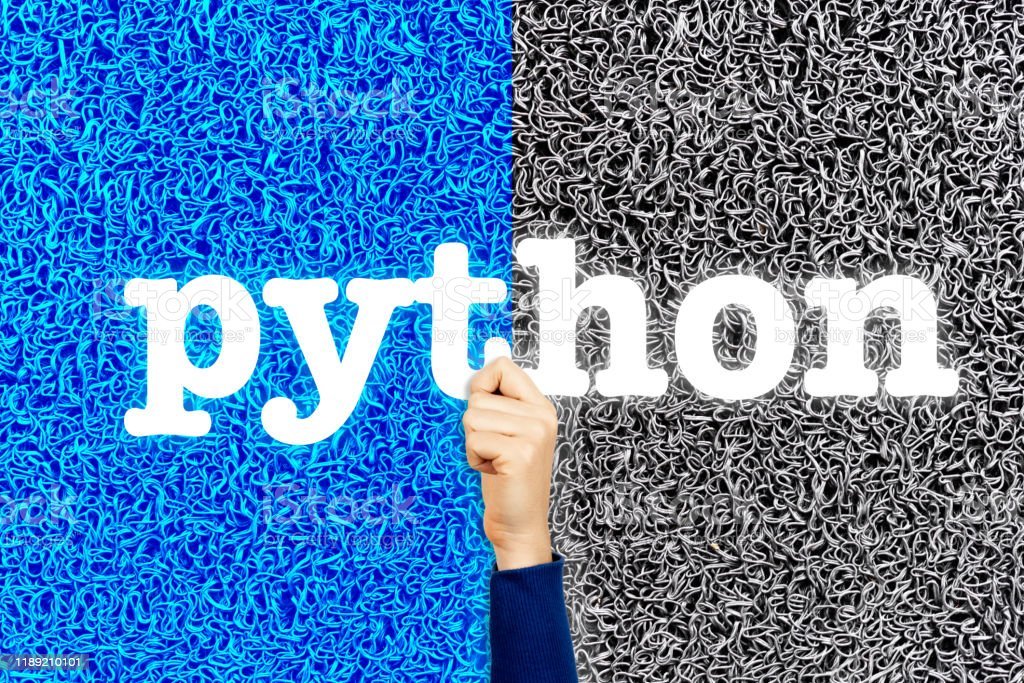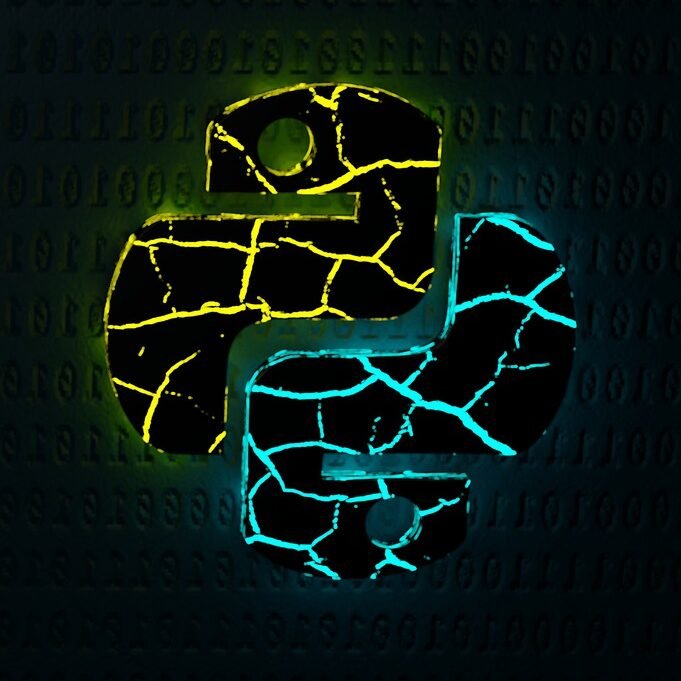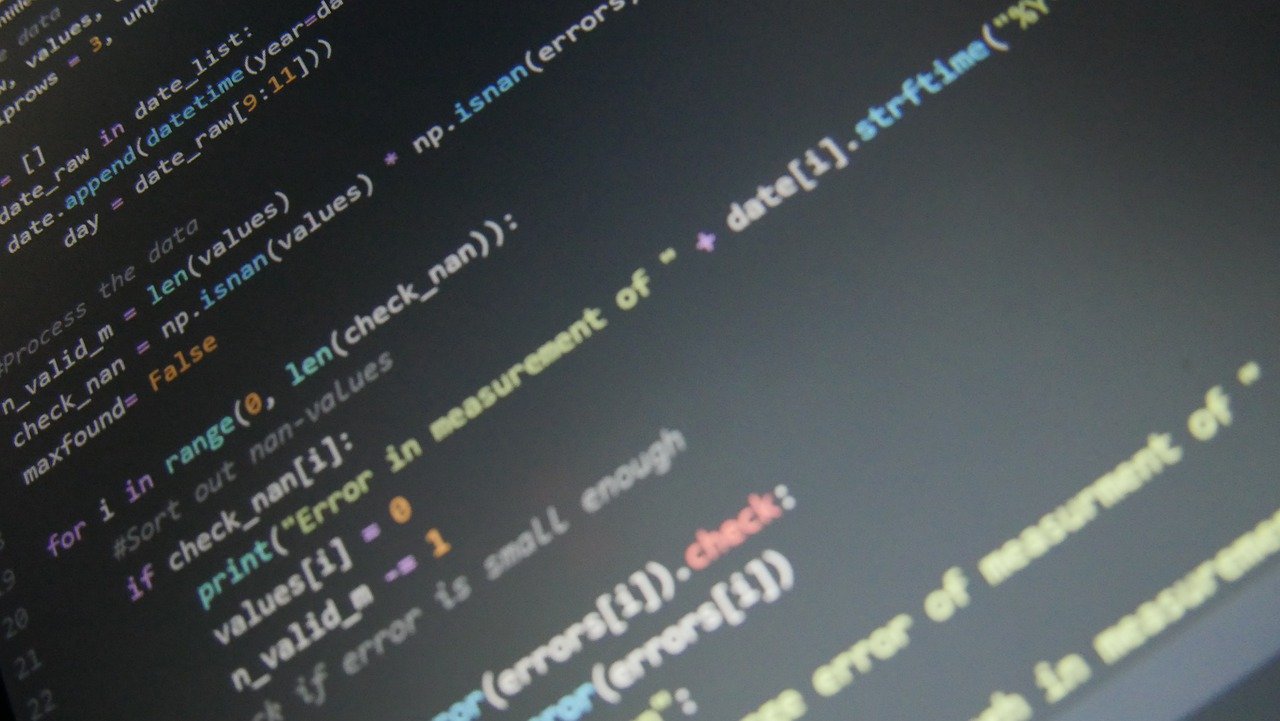Python Programming: Unlocking the Secrets of Versatile Coding
Introduction
In recent years, Python has emerged as one of the most popular programming languages in the world. Its simple syntax, versatile applications, and extensive libraries have made it a favorite among tech enthusiasts and professionals alike. In this article, we will explore why learning Python is crucial in today’s technological landscape. We will also delve into its object-oriented programming capabilities along with practical approaches to mastering this language.
Photo by AaronJOlson on Pixabay
Why Learn Python?
Versatility: One of Python’s biggest advantages is its versatility across various domains – web development, data science, machine learning, artificial intelligence (AI), scientific computing – you name it! Additionally, being an interpreted language allows for quick debugging and writing concise code that’s easy to read.
Beginner-Friendly Language: For beginners entering the realm of coding or experienced programmers exploring new technology stacks – Python caters to both groups seamlessly. With simplified syntax and well-documented resources available online such as tutorials and forums like Stack Overflow;
Extensive Library Support: The rich ecosystem provided by countless open-source libraries greatly enhances productivity while working on complex projects; Pandas for data manipulation tasks or TensorFlow for deep learning models are prime examples.
Object-Oriented Programming in Python
Python supports object-oriented programming (OOP), making it truly powerful when developing large-scale software systems. OOP promotes structured coding practices through encapsulation concepts within objects which enhances modularity, resulting more maintainable codebases. Efficiency improves significantly due reusability upon utilizing classes & inheritance. As every entity becomes an instance managed efficiently-enabling easier testing. Software developers can exploit these features extensively enabling them better problem-solving abilities. Producers vary codes aspect-based demands- flexibility only feasible via ODCS(Software Development Life Cycle). Thus Python proves conducive under varied perspectives!
A Practical Approach to Learning Python
Learning any programming language requires practicing real-world scenarios effectively. Python offers numerous code repositories like GitHub, where aspiring programmers can explore and build upon existing projects. Solving coding challenges on websites such as LeetCode or HackerRank provides hands-on experience in implementing algorithms using Python.
Moreover, online platforms like Codecademy offer interactive courses that allow users to practice their skills directly within the browser while getting instant feedback. Many MOOCs provide an excellent blend of theoretical knowledge supported by practical assignments with automated grading(Coursera & edX). By working on real-time projects (e.g., building a web application framework like Django), learners gain valuable experience applying concepts acquired throughout their journey.
Comprehensive Coverage of Essential Tools and Techniques
Python comes equipped with an extensive collection of libraries designed for specific purposes. Matplotlib aids data visualization, Numpy supports mathematical calculations, Pandas facilitates efficient data manipulation, and Scikit-learn simplifies machine learning processes. While exact individual paths may vary based on requirements—each library plays a crucial role when it executes its objective. Moreover, powerful integrated development environments (IDEs) such as the PyCharm or Jupyter Notebook ease debugging&development procedures. Arrangement packages via Package Managers (eg. PIP) elude dependencies headaches-Employing third-party modules becoming easier than imagined!
Suitable for Beginners and Intermediates
Python is renowned for its gentle learning curve. Fundamental syntax standards focus on readability alongside interprets-and-executes format renders assistance. Extensive community support eliminates floundering newcomers! An array of resources available ranging from detailed official documentation to high-quality tutorials cater needs at each stage. One resource-worthy mention would be “Automate the Boring Stuff with Python” written by Al Sweigart. Catalogue significant problems allowing gradual acclimatization2 different conceptual paradigms facilitating intermediate growth.For experienced developers learning new technology-hassles ins-out easily understood due resemblance popular programming languages C++/Java!
Deep Understanding of Python from a Computer Science Perspective
Python unveils possibilities comprehending it rooted in vital computer science concepts. Algorithm basics like searching or sorting, network programming and data structures are just a few aspects learners familiarize themselves with. Understanding how Python handles memory management, object referencing or multithreading broadens comprehension regarding program performance. By grasping these underlying concepts one appreciates the intricacies of the language-providing deep-rooted understanding-exploit its benefits optimally!
Photo by AaronJOlson on Pixabay
Popular Frameworks of Python
In addition to its inherent strengths, Python has a vast ecosystem of frameworks that further enhance its capabilities and simplify development tasks. Let’s explore some popular frameworks that have gained widespread adoption within the Python community.
Django:
Developed in 2003 by Adrian Holovaty and Simon Willison, Django is a high-level web framework known for its “batteries included” philosophy. It provides an extensive set of tools and libraries for building robust web applications quickly. With features like URL routing, authentication handling, form processing, database integration (via ORM), templating engine support along with security measures built-in from scratch – Django takes care of many common functionalities allowing developers to focus on core application logic.
Flask:
While Django offers a feature-rich experience ideal for large-scale projects, Flask follows a minimalistic approach targeting smaller or prototype applications. Flask emphasizes simplicity, prioritizing ease of use over excessive functionality. It acts as glue between needed components(like Jinja templates databases via SQLAlchemy). With complete freedom how app architecture flows-the flexibility allows seamless customization per project requirements-Due lightweight structure, and on-demand scalability expands projects space. Sharing similarities with Express.js (Flask’s Node.js equivalent)-transitioning between the two can be smooth!
Pyramid:
Catering towards more experienced developers seeking power & flexibility while creating complex web applications -Pyramid works wonders. Architecture being light yet powerful enough–wherein delicate choices central coding-per-complex process. These decisions majorly influence design patterns code maintainability. Unleashing greater control pyramid employs advanced techniques-persistence-security&caching-executing them flawlessly! Notable example-Python itself utilizes this WSGI framework effectively.
TensorFlow / PyTorch:
Focusing specifically on machine learning(AKA number crunching), TensorFlow & PyTorch emerge dominant players. Tensorflow originally developed by Google Brain team now a recognized leader. Due to its highly efficient use of computational graphs and optimized performance-Tensorflow picks precedence. PyTorch-created by Facebook AI Research gains popularity rapidly as it’s more user-friendly-natural while coding a favorite among researchers & developers working on deep learning models.
SQLAlchemy:
Interfacing with databases efficiently remains essential in most applications.SQLAlchemy handles database operations seamlessly-seeking resource access via Object Relational Mapping(ORM). It offers flexibility-switching between different database engines without major code rewriting capturing real-world scenarios-applying knowledge various projects easily. Portability safely persists-O, R&M functionalities ensuring smooth interactions worldwide-application users cherish!
Scikit-learn:
Boasting a comprehensive set of machine learning algorithms, Scikit-learn serves flawlessly when seeking a simple yet effective approach for data-intensive tasks. With ready-to-use implementations covering everything from classification to regression to clustering – this library simplifies the process. Machine Learning enthusiasts often grasp validation techniques utilizing perfectly built procedures here-with hardly any hiccups making building predictive models quicker and easier than imagined!
Conclusion
Python has rightfully earned its reputation as one of the top programming languages across industries. The versatility to work on multiple domains, the extensive library support, and beginner-friendly nature makes it an ideal choice for anyone stepping into coding. However, it’s equally suitable for experienced programmers who wish to explore new technology stacks. Object-oriented capabilities elevate software development standards while practical approaches add actual value. Combined implementation of essential tools and techniques expand knowledge horizon. Intertwining a comprehensive coverage facilitated via well-established community&libraries-With everything being considered-a sound decision entailing learning & exploring Python awaits you!
Also Read, Top 10 Programming languages for beginners to learn in 2023







